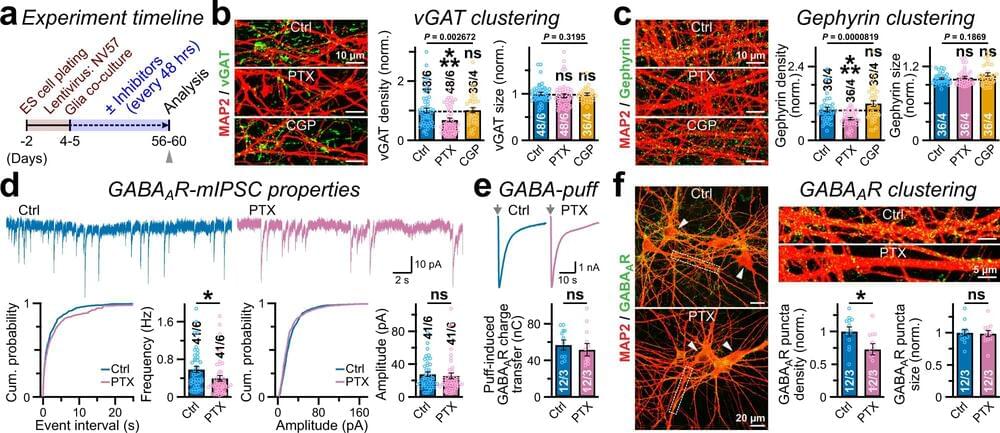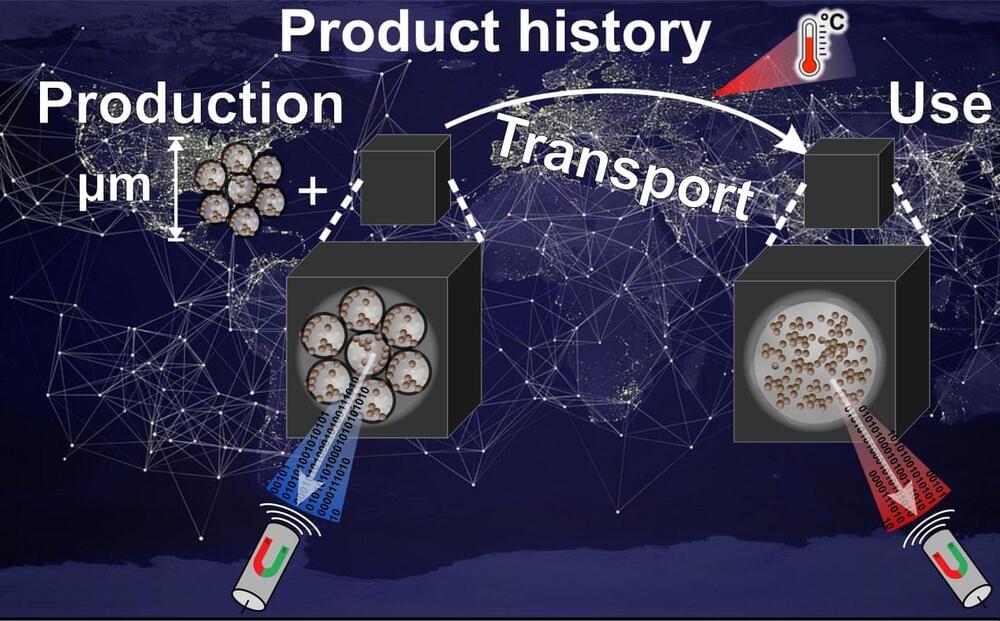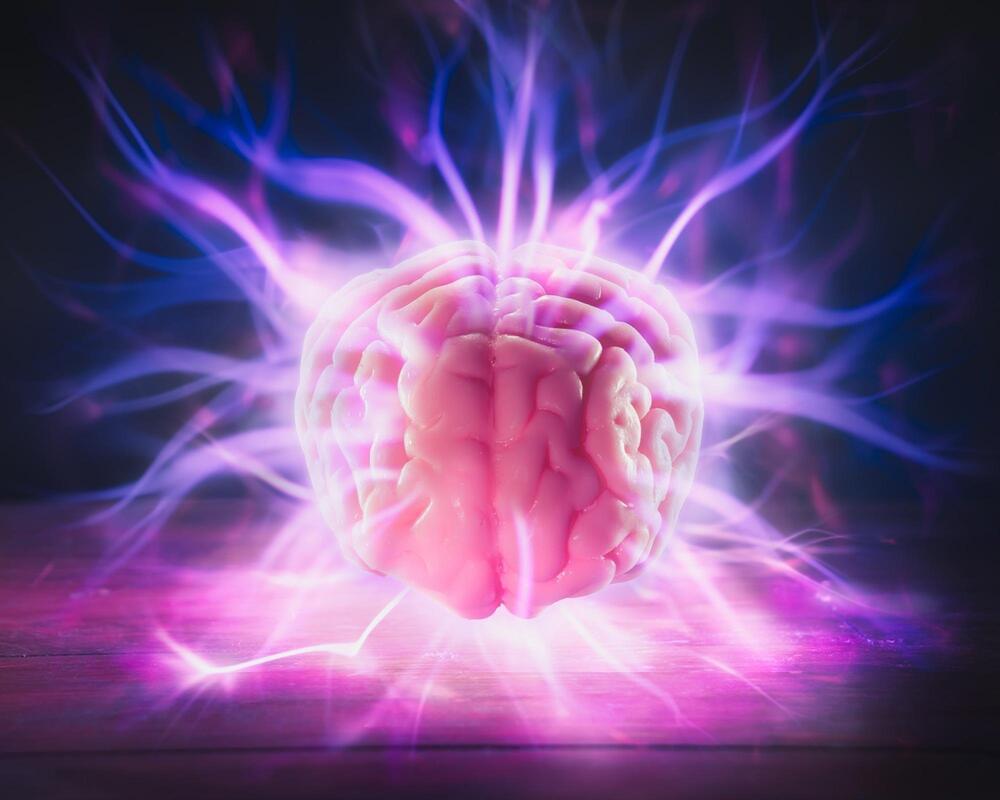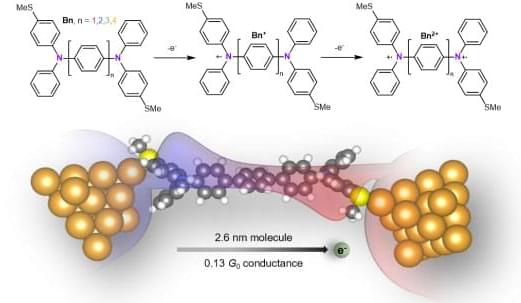Everything we know, think and feel—everything!—comes from our brains. But consciousness, our private sense of inner awareness, remains a mystery. Brain activities—spiking of neuronal impulses, sloshing of neurochemicals—are not at all the same thing as sights, sounds, smells, emotions. How on earth can our inner experiences be explained in physical terms?
Free access to Closer to Truth’s library of 5,000 videos: http://bit.ly/376lkKN
Watch more interviews on consciousness and neurology: https://bit.ly/3Re9Xc1
Peter Ulric Tse is Professor of Cognitive Neuroscience in the department of Psychological and Brain Sciences at Dartmouth College. He holds a BA from Dartmouth (1984; majored in Mathematics and Physics), and a PhD in Experimental Psychology from Harvard University (1998).
Register for free at CTT.com for subscriber-only exclusives: http://bit.ly/2GXmFsP
Closer to Truth, hosted by Robert Lawrence Kuhn and directed by Peter Getzels, presents the world’s greatest thinkers exploring humanity’s deepest questions. Discover fundamental issues of existence. Engage new and diverse ways of thinking. Appreciate intense debates. Share your own opinions. Seek your own answers.





